Key Takeaways
- Strategic Navigation: Master the art of guiding both users and search engines through your website with strategic internal linking, enhancing user experience, and optimizing for search engine crawlers.
- User-Centric Optimization: Align your internal linking strategy with user intent and future trends, ensuring that your website remains relevant in the dynamic world of SEO, including mobile-first considerations and semantic search.
- Ongoing Adaptation: Recognize that internal linking is an evolving strategy. Stay ahead of the SEO curve by embracing emerging trends, leveraging analytical tools, and refining your approach to maintain visibility and engagement.
In the ever-evolving landscape of search engine optimization (SEO), one strategy stands out as a linchpin for enhancing both user experience and search engine visibility: internal linking.
As websites strive to climb the ranks of search engine results pages (SERPs), understanding and implementing effective internal linking best practices have become paramount.
Welcome to our Comprehensive Guide on Internal Linking Best Practices, where we unravel the intricacies of this SEO powerhouse, providing you with actionable insights and strategies to leverage the full potential of internal linking.
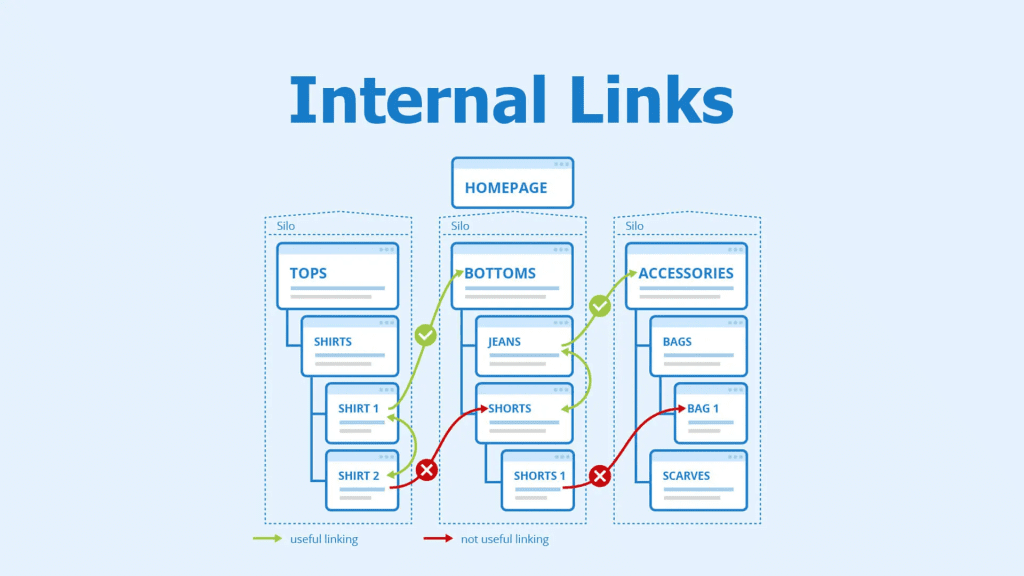
Why is Internal Linking a Game-Changer in SEO?
Internal linking isn’t merely about connecting one page to another within your website; it’s a strategic approach that can significantly impact how search engines perceive and index your content.
By seamlessly weaving a network of interconnected pages, you create a roadmap for search engine crawlers, guiding them through the labyrinth of your website while emphasizing the hierarchy and relevance of your content.
Unlocking the Basics: What You Need to Know
Before we plunge into the depths of internal linking mastery, let’s establish a solid foundation by exploring the basics.
What exactly are internal links, and how do they differ from external links?
We’ll dissect the various types of internal links—contextual, navigational, and footer links—unveiling the unique role each plays in sculpting your website’s architecture.
Understanding these fundamentals is the first step toward implementing a strategic and effective internal linking structure.
The SEO Symphony: How Internal Linking Impacts Your Rankings
Why does internal linking matter to search engines, and how does it influence your website’s SEO performance?
In this guide, we’ll delve into the intricate relationship between internal linking and crucial SEO metrics.
Discover how well-crafted internal links contribute to improved crawling and indexing, bolster page authority, and send powerful ranking signals to search engine algorithms. Brace yourself for a journey through the core of SEO optimization.
Mastering Internal Linking Best Practices: A Blueprint for Success
Now that you grasp the significance of internal linking, it’s time to roll up your sleeves and dive into the nitty-gritty of best practices.
From optimizing anchor text for relevance and context to strategically placing links within your content, we’ll equip you with the tools to create a seamless and user-friendly navigation experience.
Learn how to identify pillar content, link to relevant blog posts, and strike the perfect balance to avoid overlinking.
Tools of the Trade: Navigating Internal Linking with Precision
As you embark on your internal linking journey, having the right tools at your disposal can make all the difference.
In this guide, we’ll recommend SEO plugins tailored for various content management systems (CMS) and explore analytical tools that offer invaluable insights into your internal linking performance.
Elevate your strategy with the right technology to amplify your SEO efforts.
Steering Clear of Pitfalls: Common Internal Linking Mistakes
While internal linking can propel your SEO strategy forward, pitfalls await the unsuspecting.
Broken links, inconsistent practices, and overlooking mobile user experience can hinder your progress.
We’ll shine a spotlight on these common mistakes and guide you on a path of optimization, ensuring a seamless internal linking structure that withstands the scrutiny of both users and search engines.
Peering into the Future: Trends in Internal Linking and SEO
As search engine algorithms continue to evolve, so does the landscape of internal linking.
In this guide, we’ll gaze into the crystal ball of SEO, exploring emerging trends and considerations.
From mobile-first indexing to evolving algorithmic preferences, stay ahead of the curve and position your website for sustained success in the ever-changing digital realm.
But, before we venture further, we like to share who we are and what we do.
About AppLabx
From developing a solid marketing plan to creating compelling content, optimizing for search engines, leveraging social media, and utilizing paid advertising, AppLabx offers a comprehensive suite of digital marketing services designed to drive growth and profitability for your business.
AppLabx is well known for helping companies and startups use website marketing to drive web traffic to their websites and web apps.
At AppLabx, we understand that no two businesses are alike. That’s why we take a personalized approach to every project, working closely with our clients to understand their unique needs and goals, and developing customized strategies to help them achieve success.
If you need a digital consultation, then send in an inquiry here.
Internal Linking Best Practices: A Comprehensive Guide
- The Basics of Internal Linking
- SEO Benefits of Internal Linking
- Internal Linking Best Practices
- Tools and Plugins for Internal Linking
- Future Trends in Internal Linking
1. The Basics of Internal Linking
In the vast realm of SEO, internal linking stands as a fundamental strategy that not only enhances user experience but also plays a pivotal role in how search engines index and rank your content.
Let’s embark on a journey into the basics of internal linking, unravelling its essence and shedding light on the various types that form the backbone of an effective internal linking structure.

Defining Internal Links
Internal links are hyperlinks that connect one page of a website to another, creating a network of interconnected content.
Unlike external links that point to pages on other websites, internal links facilitate navigation within the same domain.
These links are a digital roadmap for both users and search engine crawlers, guiding them through the various layers of your content.
Example: Consider a blog post discussing “Digital Marketing Strategies.” Within this post, there could be internal links pointing to related articles on “Content Marketing,” “SEO Techniques,” or “Social Media Campaigns,” providing users with additional relevant information.
Types of Internal Links
- Contextual Links:
- Definition: Contextual links are embedded within the content of a page and are typically anchored to relevant keywords or phrases.
- Example: In an e-commerce website’s product description, a contextual link could direct users to a related blog post about the product’s benefits.
- Navigational Links:
- Definition: Navigational links are commonly found in website menus, sidebars, or footers, providing users with easy access to key pages.
- Example: A website’s navigation menu featuring links to “Home,” “About Us,” “Products,” and “Contact” exemplifies navigational links.
- Footer Links:
- Definition: Footer links are situated at the bottom of a webpage and often include links to important pages, legal disclaimers, or privacy policies.
- Example: An e-commerce site may include footer links to “Shipping Information,” “Return Policy,” and “Terms and Conditions.”
2. SEO Benefits of Internal Linking
As we delve into the heart of our Comprehensive Guide on Internal Linking Best Practices, it’s imperative to illuminate the profound impact that internal linking can have on the intricate world of search engine optimization (SEO).
From influencing crawling and indexing to shaping the authority of your web pages, internal linking is a catalyst for enhancing key SEO metrics.
Let’s explore the manifold benefits in detail, supported by relevant data and statistics.

Improved Crawling and Indexing
- Efficient Discovery of New Content:
- Internal links serve as pathways for search engine crawlers to discover and index new content on your website promptly.
- A study revealed that your site’s home page is often the most important page on your site, so pages linked directly to the home page may be seen as more important and therefore crawled more often.
- Faster Indexing of Updates:
- When you update existing content and link to it internally, search engines are more likely to index the changes swiftly.
- Google has emphasized that link architecture—the method of internal linking on your site—is a crucial step in site design.
Page Authority and Ranking Signals
- Distributed Page Authority:
- Internal links allow you to distribute page authority from high-authority pages to those that may need a boost, contributing to a more balanced website.
- Relevance Signals for Search Engines:
- Search engines interpret internal links as signals of relevance and importance, influencing how they rank pages in search results.
- According to a study, the more incoming internal links a page has, the easier it is for search engines to find that page and then rank it.
Enhanced User Experience
- Reduced Bounce Rates:
- A well-structured internal linking system keeps users engaged, reducing bounce rates and signalling to search engines that your content is valuable.
- According to a report, high bounce rates might indicate that the page is irrelevant or confusing to site visitors.
- Extended Time-on-Site:
- Internal links guide users to explore additional content, increasing the overall time users spend on your website.
- Internal linking makes your site easier to navigate, which increases the chances that readers look at more content and stay on your site longer.
- Lower Exit Rates:
- Users are more likely to continue exploring your website when presented with relevant internal links, leading to lower exit rates.
3. Internal Linking Best Practices
As we navigate the terrain of internal linking, the key to success lies in mastering the art of best practices.
In this section, we will unravel the intricacies of internal linking, providing you with a comprehensive blueprint to optimize your website’s structure for both users and search engines.
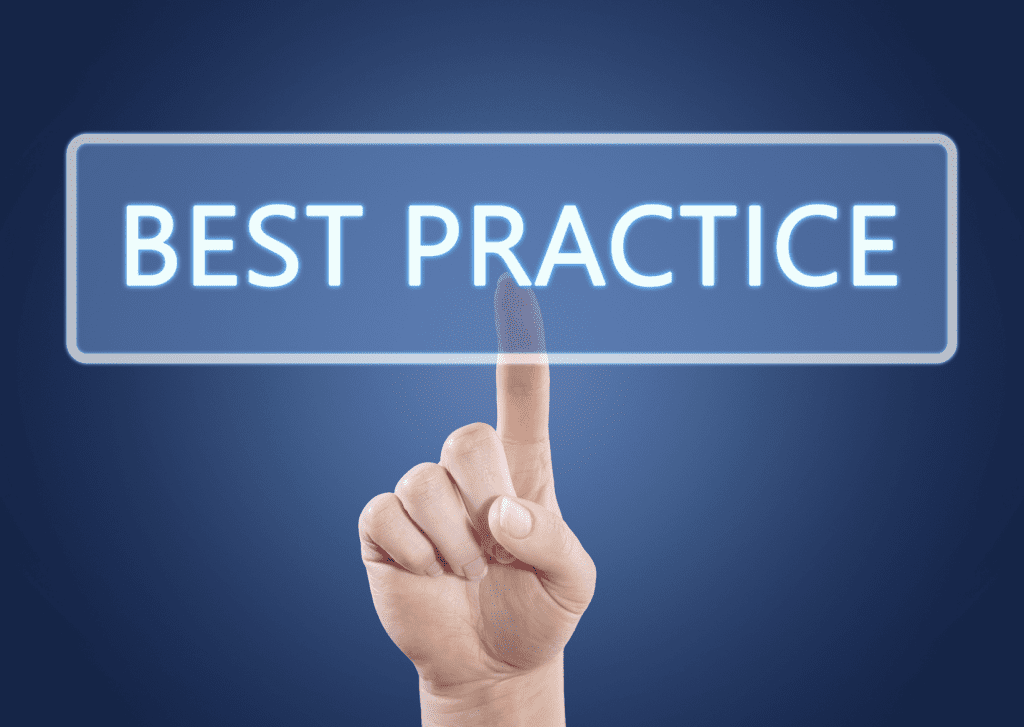
Anchor Text Optimization
- Relevance and Context:
- Best Practice: Optimize anchor text to be both relevant and contextually appropriate to the linked content.
- Example: Instead of using generic anchor text like “click here,” opt for descriptive phrases like “Learn more about content marketing strategies.”
- Avoiding Keyword Stuffing:
- Best Practice: Steer clear of over-optimized anchor text by avoiding excessive use of target keywords.
- Google’s algorithm, as per its guidelines, penalizes websites for keyword stuffing, emphasizing the need for natural and varied anchor text.
Link Placement Strategies
- Strategic Use of Navigational Links:
- Best Practice: Place navigational links in prominent locations, such as menus and sidebars, to enhance user accessibility.
- Incorporating Contextual Links Naturally:
- Best Practice: Integrate contextual links seamlessly within the content, ensuring they enhance the user’s understanding and experience.
Linking to High-Quality Content
- Identifying Pillar Content:
- Best Practice: Identify and link to pillar content, which serves as cornerstone material that encapsulates the essence of your website.
- Linking to Relevant Blog Posts:
- Best Practice: Integrate internal links within blog posts to connect related content, providing users with additional valuable information.
Managing Link Quantity
- Avoiding Overlinking:
- Best Practice: Strike a balance between providing valuable internal links and avoiding excessive linking that could overwhelm users.
- Research emphasizes that higher bounce rates often indicate issues such as irrelevant content, slow page load times, or poor user experience.
- Ensuring a Balanced Link Structure:
- Best Practice: Maintain a balanced internal link structure to distribute authority and relevance evenly across your website.
4. Tools and Plugins for Internal Linking
In the dynamic landscape of SEO, leveraging the right tools and plugins can be a game-changer for mastering internal linking.
This section explores the myriad options available to enhance your internal linking strategy, providing insights into popular plugins, analytical tools, and their impact on website optimization.

SEO Plugins Recommendations
Yoast SEO: Your Swiss Army Knife for WordPress SEO
Yoast SEO is a comprehensive WordPress plugin that not only simplifies on-page SEO but also aids in internal linking strategies.
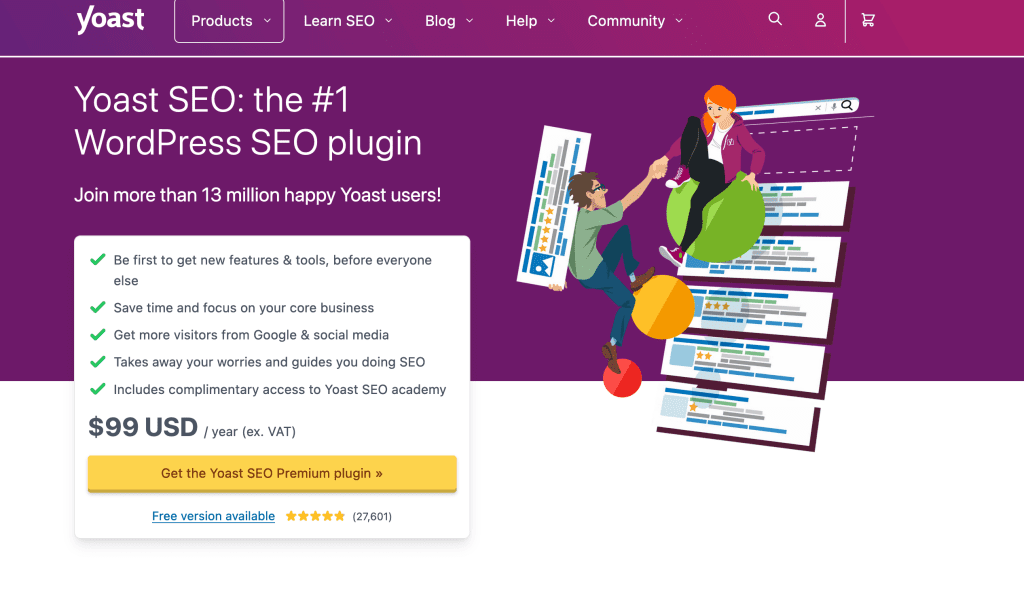
Key Features:
- Content Analysis: Yoast assesses your content’s readability and SEO, guiding you in creating well-optimized articles with strategic internal links.
- Internal Linking Suggestions: The plugin offers suggestions for relevant internal links within your content, streamlining the linking process.
As of the latest data, the Yoast SEO plugin has over 11 million active installs.
Rank Math: A Powerful Alternative for WordPress
Rank Math is another robust SEO plugin for WordPress, offering advanced features for optimizing your content and internal link structure.

Key Features:
- Advanced SEO Analysis: Rank Math provides in-depth SEO insights, guiding users on optimizing content and internal linking for better search engine visibility.
- Smart Internal Linking Suggestions: The plugin intelligently suggests relevant internal links to enhance your website’s overall structure.
Rank Math has gone from pretty much zero to an active install count of over 2.3 million sites.
Internal Link Juicer: An Exclusive Focus on Internal Links
Internal Link Juicer is a dedicated WordPress plugin designed specifically for managing and optimizing internal links.

Key Features
- Automated Linking: The plugin automates internal linking based on predefined rules, saving time and ensuring consistency.
- Link Tracking and Reporting: Internal Link Juicer provides insights into the performance of internal links, allowing users to analyze their impact.
While not as widespread as general SEO plugins, Internal Link Juicer has garnered positive reviews for its niche functionality.
Analytical Tools for Internal Linking
Google Analytics: Unveiling User Engagement Metrics
Google Analytics is a powerhouse for website analytics, offering valuable insights into user behavior, engagement, and the performance of internal links.
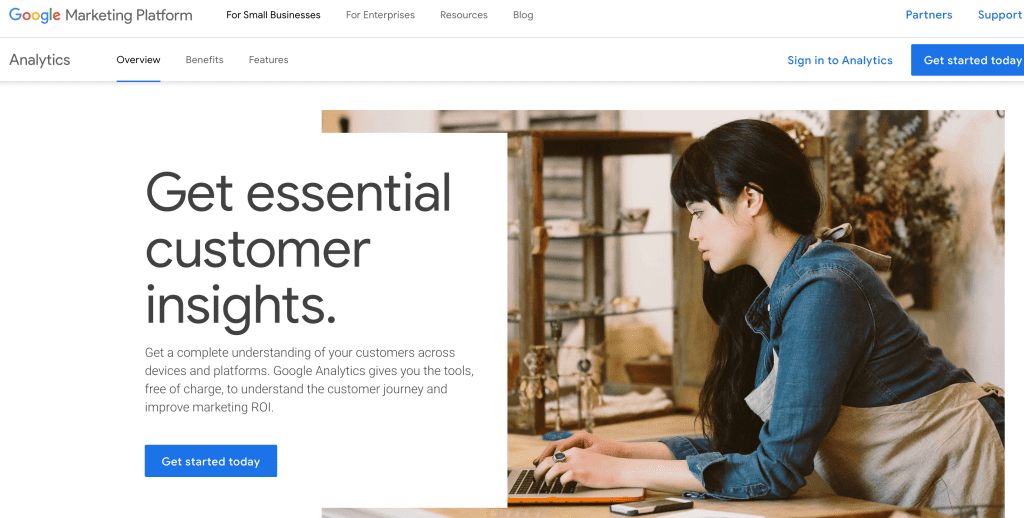
Key Metrics:
- Exit Rates: Google Analytics helps you identify pages with high exit rates, indicating potential issues with internal linking.
- Time-on-Site: Analyzing the time users spend on your site can provide insights into the effectiveness of your internal linking strategy.
Understanding these metrics empowers webmasters to refine their internal linking for optimal user engagement and SEO.
Ahrefs: Digging Deep into Backlink and Internal Link Analysis
Ahrefs is a comprehensive SEO tool that goes beyond keyword research, offering in-depth insights into backlinks and internal links.
Key Features:
- Internal Link Analysis: Ahrefs allows users to analyze the internal linking structure of their website and competitors, uncovering opportunities for improvement.
- Backlink Monitoring: By combining backlink and internal link analysis, Ahrefs provides a holistic view of a website’s link profile.
Ahrefs’ data-driven approach aids in developing a robust internal linking strategy for improved SEO performance.

Google Search Console: Direct Insights from the Search Engine
Google Search Console is a tool provided by Google that offers direct insights into how the search engine views your website, including internal links.
Key Features:
- Crawl Errors: Search Console identifies crawl errors, helping webmasters address issues that may hinder effective internal link indexing.
- Internal Linking Report: The tool provides information on the internal links Google has discovered, offering a glimpse into the search engine’s perspective.
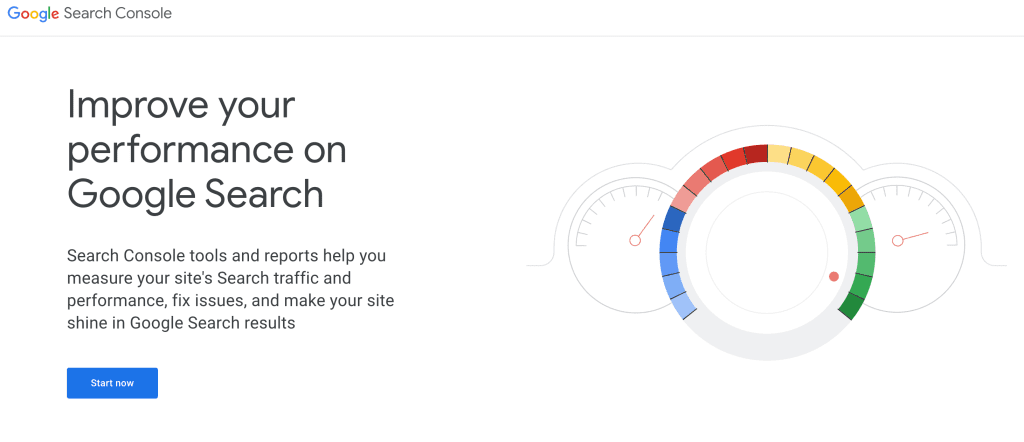
Google Search Console enables webmasters to align their internal linking strategy with Google’s indexing and crawling preferences.
5. Future Trends in Internal Linking
As the digital landscape continues to evolve, staying ahead of the curve in internal linking is essential for maintaining a competitive edge in SEO.
This section explores emerging trends and considerations that are shaping the future of internal linking strategies.

Evolving SEO Algorithms and Considerations
- User Intent Optimization:
- Trend: Search engines are increasingly prioritizing user intent, emphasizing the need for internal linking strategies that align with user expectations.
- SEO Impact: Google’s BERT algorithm update, which focuses on understanding context and user intent, underscores the importance of content and internal links that cater to user needs.
- Contextual Relevance in Linking:
- Trend: The future of internal linking is likely to place greater importance on the context in which links are embedded within content.
Mobile-first Indexing and Internal Linking
- Mobile-Centric Strategies:
- Trend: With the dominance of mobile users, internal linking strategies will need to adapt to provide seamless navigation and user experience on smaller screens.
- In 2025, the number of mobile users worldwide is projected to reach 7.49 billion.
- Accelerated Mobile Pages (AMP) Integration:
- Trend: Integrating AMP pages and optimizing internal links for mobile responsiveness will become integral for SEO success.
- SEO Impact: Google has explicitly stated that mobile-friendliness is a ranking factor, and AMP pages are designed to enhance the loading speed.
Semantic Search and Internal Linking
- Semantic Linking for Contextual Understanding:
- Trend: Search engines are moving towards semantic search, understanding the meaning behind words and phrases.
- SEO Evolution: Internal linking should focus on providing a semantic context, with anchor text and link placement contributing to a richer understanding of content.
- Entity-Based Internal Linking:
- Trend: Internal linking strategies may evolve to incorporate entity-based linking, connecting related concepts and entities within a website.
Voice Search Optimization
- Natural Language Internal Linking:
- Trend: As voice search becomes more prevalent, internal linking strategies will need to adapt to accommodate natural language queries.
- The global voice assistant market is expected to reach USD 6.2 billion by 2030.
- Featured Snippets and Answer Boxes:
- Trend: Internal links leading to content that can answer voice search queries concisely will become increasingly valuable.
- SEO Impact: Voice search often relies on featured snippets and answer boxes, making optimized content and internal links crucial for voice search visibility.
Conclusion
In the labyrinth of search engine optimization (SEO), where algorithms shift like tides and user behaviors evolve, the mastery of internal linking stands as a beacon guiding webmasters and digital marketers toward enhanced visibility and user engagement.
As we conclude this Comprehensive Guide on Internal Linking Best Practices, it’s imperative to underscore the pivotal role that strategic internal linking plays in the intricate dance between websites and search engines.
Recap of Internal Linking Best Practices
Throughout this guide, we’ve traversed the fundamentals of internal linking, unraveling the definition of internal links and exploring the diverse types that form the architectural backbone of websites.
We’ve delved into the SEO benefits, understanding how efficient internal linking impacts crawling, indexing, and user experience.
The exploration of internal linking best practices has equipped you with insights into anchor text optimization, strategic link placement, and the art of linking to high-quality content.
Encouraging Ongoing Optimization
Internal linking is not a one-time endeavor; it’s a dynamic strategy that requires ongoing optimization and adaptation.
The ever-evolving landscape of SEO algorithms and user expectations necessitates a commitment to refining and enhancing your internal linking strategy.
As we look to the future, it’s clear that the trends in SEO, including user intent optimization, mobile-first indexing, semantic search, and voice search, will shape the landscape of internal linking.
Final Thoughts on the Importance of Internal Linking for SEO
In the competitive digital sphere, where the battle for visibility and relevance is relentless, internal linking emerges as a formidable ally.
It goes beyond mere navigation, serving as a conduit for search engines to understand the contextual relevance and hierarchy of your content.
The SEO benefits are not merely anecdotal; they are backed by data, studies, and the real-world successes of websites that have strategically harnessed the power of internal linking.
The future of SEO is dynamic, and internal linking will continue to be a linchpin in the optimization journey.
Adapting to the shifts in algorithms, user behaviors, and technological advancements will be crucial for staying ahead of the curve.
Embrace the trends, leverage the tools, and refine your internal linking strategy with an unwavering commitment to providing value to your users and aligning with the evolving expectations of search engines.
Embark on Your Internal Linking Journey
As we bid farewell to this comprehensive guide, consider it a roadmap—a companion on your journey toward internal linking excellence.
Whether you’re a seasoned SEO practitioner refining your strategies or a newcomer navigating the intricacies of digital marketing, the principles unveiled here are designed to empower you.
Seize the opportunities, adapt to the trends, and let the mastery of internal linking propel your website toward sustained success in the dynamic realm of the online landscape.
Embark on your internal linking journey with the knowledge and insights gained from this guide. May your links be strategic, your content be compelling, and your website stand as a beacon in the vast digital ocean.
Here’s to navigating the future of SEO with internal linking mastery—may your website rise above the waves and shine in the search engine spotlight.
If you are looking for a top-class digital marketer, then book a free consultation slot here.
If you find this article useful, why not share it with your friends and business partners, and also leave a nice comment below?
We, at the AppLabx Research Team, strive to bring the latest and most meaningful data, guides, and statistics to your doorstep.
To get access to top-quality guides, click over to the AppLabx Blog.
People also ask
What are the best practices for internal linking?
Internal linking best practices include using descriptive anchor text, strategically placing links in content, linking to high-quality and relevant content, maintaining a balanced link structure, and adapting strategies to evolving SEO trends. Prioritize user experience and align with search engine algorithms for optimal results.
What is the internal linking concept?
Internal linking involves connecting pages within the same website through hyperlinks. It enhances navigation, guiding users and search engine crawlers to explore related content. This concept aids in establishing content hierarchy, distributing authority, and optimizing for both user experience and SEO.
How many internal links are good for SEO?
The optimal number of internal links depends on the content and structure of your website. Focus on relevance and user experience, aiming for a natural linking pattern. Avoid overlinking, prioritize quality over quantity, and ensure links provide value to users while adhering to SEO best practices.




































